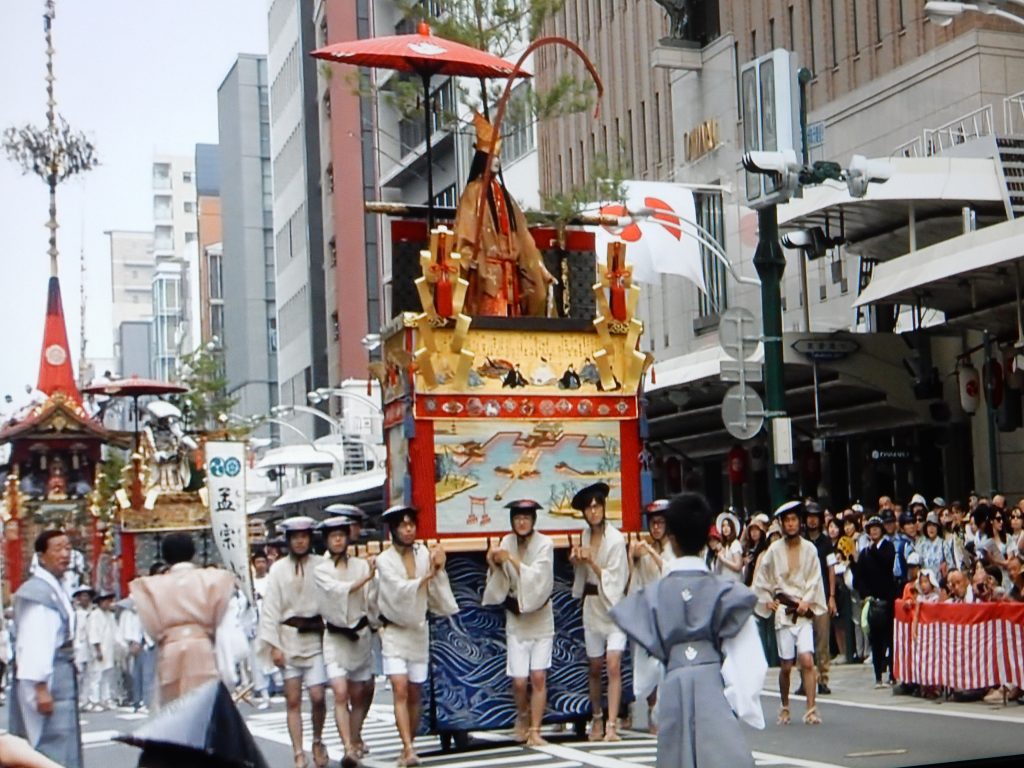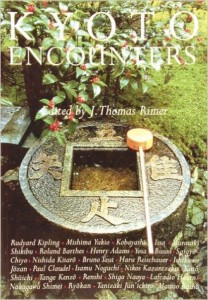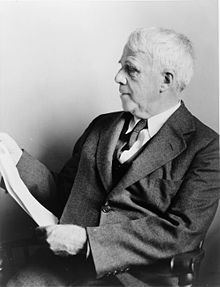Peddling Papa: A Writer’s Tale of Selling His Book
by Simon Rowe
On a foggy November night, a ship named the MOL Grandeur hauls anchor and departs Hong Kong bound for the port of Kobe. Listed on its bill of lading are eighteen cartons of freshly-minted paperbacks, destined for the samurai castle city of Himeji in western Honshu.
Days later, the author of these books sits at his kitchen table counting the money in his bank account—then in his pocket. He looks at the Kobe Port customs clearance fee again, then takes out a hammer and smashes open his Hello Kitty money box. It is to be a case of ‘good night Hello Kitty’ for a thousand copies of Good Night Papa: Short Stories from Japan and Elsewhere (2017).
Only after a Camel-puffing deliveryman has taken the writer’s signature and left a pallet of cartons streetside does the full weight of his self-publishing caper hit him. With no marketing team, no distributor, and not a pair of sensible walking shoes to his name, he realises that he will have to become ‘salesperson of the year’ to break even.
At this point he could accept the wisdom of Lao Tzu and begin his journey of a thousand miles by haranguing friends and family to buy a copy of his book, thus making him feel that he hasn’t completely wasted a year’s savings. Then he remembers novelist Anaïs Nin words: “Good things come to those who hustle.”
“Hustle” becomes his one-word marketing plan. He sells copies of his book to his students. He sells them to the teachers at the university where he works. He even offers them to his community night classes, and to his surprise, they devour his stock voraciously. Some order extra copies for friends and family. Suddenly Lao Tzu’s journey is looking a whole lot shorter.
The big jumpstart comes when one of his night class students creates a ‘media release’ in Japanese. She sends it to her friend on the public affairs desk at City Hall, who then sends it on to a reporter at the provincial newspaper. Now, this writer is no Lafcadio Hearn, but the reporter, perhaps seeing some semblance in the long-term foreign resident who teaches at the local university and writes short stories in his downtime, sets up an interview.
The reporter focuses on the lead story (Good Night Papa), a tale set in Himeji’s much loved—and much despised—nightlife precinct called Uomachi, or “Fish Town”. Here, down the narrow streets of red lantern eateries, raucous clubs and bars, noodles joints and liquor stores, the tale of Papa Matsumoto, a down-on-his-luck call girl driver who picks up a mysterious passenger, unfolds with crime-noir intrigue.
When the newspaper story breaks the following weekend, every barman, bouncer and barbershop owner in Uomachi wants a signed copy. The writer starts taking books with him on his drinking missions. This proves unwise because, although the barflies are interesting people and buy his book, he ends up drinking the profits.
So he returns to the original marketing plan and buys himself a pair of sensible shoes. This time he adds leverage to hustle. He compiles a book profile in both Japanese and English, and with copies of the newspaper interview, takes his paperback to the university campus store of national book giant, Kinokuniya. The affable floor manager lends him an ear, and after reading the ‘pitch pack’, agrees to give Good Night Papa a six-month trial run.
Fearing dust will settle if he sits idle, the writer pins up fliers of his book around the university campus and leaves samples in the staff rooms to generate interest. The tactic works; two months later, a second order from Kinokuniya arrives. Buddha is smiling on the writer with sensible shoes.
With a toe-hold in the retail book market, the writer now approaches Kinokuniya’s rival, Maruzen-Junkudo, offering a similar deal: a 30% discount to the store on the recommended retail price of ¥1,500. Within a month, Good Night Papa is muscling up against Murakami and Mishima in the city’s busiest bookstore.
The writer uses Weebly to set up a website called mightytales.net and enables it with PayPay and Amazon buttons so his far-flung friends and acquaintances can purchase copies of the book. But, as good as this all sounds, his stock has hardly diminished. A new tactic is needed.
So the writer meets with the boss of the City Flea Market. The following week, in a predawn chill, amidst a lively encampment of antique sellers, venison burger chefs, blind masseurs and an hourly monkey act, he erects a small table with a red magician’s cloth. Onto this he arranges his books, sends out for coffee and waits.
The day’s takings barely cover the cost of the coffee. Sightseers, on their way to and from the castle, are not interested. He ponders this conundrum and the answer hits him like a velvet hammer. Social media.
He sets up an Instagram account and joins every Facebook group within a thirty kilometre radius, posting photos of the market with his book strategically positioned. The following week, foreign residents appear, JET teachers travelling down from their paddyland postings, retirees, as well as university teachers looking for something unacademic to read.
However, it is local residents who surprise; they gravitate to the stall in steady numbers, keen to brush up their English reading skills, curious to find out where the story of Good Night Papa will lead them in their town.
The power of social media becomes obvious. Leveraging this promotional tool, the writer sends out a request to his friends and acquaintances, asking them to photograph the book’s cover on their spring holidays. The images flow in—Good Night Papa in Cambodia, Kazakhstan, Trinidad, Tennessee and the Scottish Hebrides islands—and are promptly posted on Facebook and Instagram. Strengthening the image of Good Night Papa: Short Stories from Japan and Elsewhere as a ‘traveller’s companion’ becomes the long-term marketing goal. Book sales through www.mightytales.net grow steadily and the first Amazon and Goodreads reviews begin to appear.
Beyond the Sunday flea market and bustling bookstores of Himeji, howeveJapan’s big city booksellers beckon. The writer wonders: is there a place for his paperback on the world’s biggest book shelves?
A few weeks later, shoes polished, and hauling a suitcase filled with books, he boards a train to Osaka, City of Merchants, where he cold-calls on the book buyers of Kinokuniya, Junkudo and Tsutaya megastores. There is no time for nervous sweats or tongue-tied sales pitches; the managers are busy people. They watch, listen, feel the pages of the book, run fingers down the spine, finger the barcode, the ISBN…then they speak. ‘Look around you,’ says one. ‘Almost all of our stock comes through a few American and British distributors. It simplifies out paperwork…’
The writer looks around him; yes, he is a minnow in a salmon race. The big fish—literary prize winners, represented authors—swim gracefully by to the cash registers while the hatchling must make every inch go a mile on the smell of an oily rag. However, he has nothing to lose and everything to gain. So the writer offers free shipping. The manager listens. The writer offers to pay for return delivery of unsold books. The manager smiles.
Japan may be home to light-speed living, but when it comes to decision-making, stalactites happen faster. So the writer leaves his business card, titled “Storyteller”, thanks each book buyer for their time and returns to castle town.
The following week he sends emails thanking the managers of all the bookstores for their time. The replies are courteous, encouraging even; some of the staff have begun reading the book—and are enjoying it!
A year on, the writer is pleased to report that the mountain of books in his backroom has been reduced to a proverbial molehill, the first print run of a thousand copies of Good Night Papa: Short Stories from Japan and Elsewhere almost sold out. Bookstores in Kobe, Osaka and Tokyo are currently stocking. It is also selling well in New Zealand, Australia, and there is even a copy or two inside the Shakespeare & Co. Bookstore on Paris’s Left Bank. In Himeji, it sits in tourist kiosks, English language schools, cafes, a wine shop, and is even on sale at the Chamber of Commerce.
The independent writer’s journey, with a nod to Lao Tzu, has been a long and slow one, measured in single steps not leaps-and-bounds. Nevertheless, it has been a journey of learning, meeting people and receiving the ultimate accolade for all those hours spent writing, packaging and pacing city sidewalks in sensible shoes—that the reader enjoyed the book.
End.
On the Web:
Mighty Tales (author’s website) www.mightytales.net
Amazon Japan: Good Night Papa: Short Stories from Japan and Elsewhere
Also available at Kinokuniya (Shinjuku, Tokyo), Junkudo (Umeda, Osaka), Tsutaya (Umeda, Osaka – 2018), Kinokuniya (Kobe)
Other Media:
Simon Rowe: Adventures in Self-publishing, Tablo, March 2017. Link
 A lively and informative dinner talk for WiK members was held on March 11 featuring Dutch academic, Mark Teeuwen, who is on leave from the University of Oslo as a research fellow at Kyoto University for six months. His topic was the Gion Matsuri and the politics of heritage. The talk covered the postwar emphasis in Japan on its status as a cultural nation, sparked by a conflagration at Horyu-ji in 1949. This led to such developments as the intangible cultural property and the ‘ningen kokuho’. This was all part of Japan’s self-image as a unique cultural entity.
A lively and informative dinner talk for WiK members was held on March 11 featuring Dutch academic, Mark Teeuwen, who is on leave from the University of Oslo as a research fellow at Kyoto University for six months. His topic was the Gion Matsuri and the politics of heritage. The talk covered the postwar emphasis in Japan on its status as a cultural nation, sparked by a conflagration at Horyu-ji in 1949. This led to such developments as the intangible cultural property and the ‘ningen kokuho’. This was all part of Japan’s self-image as a unique cultural entity.














Recent Comments